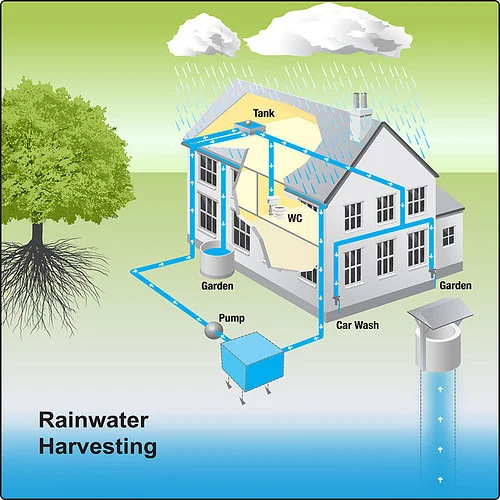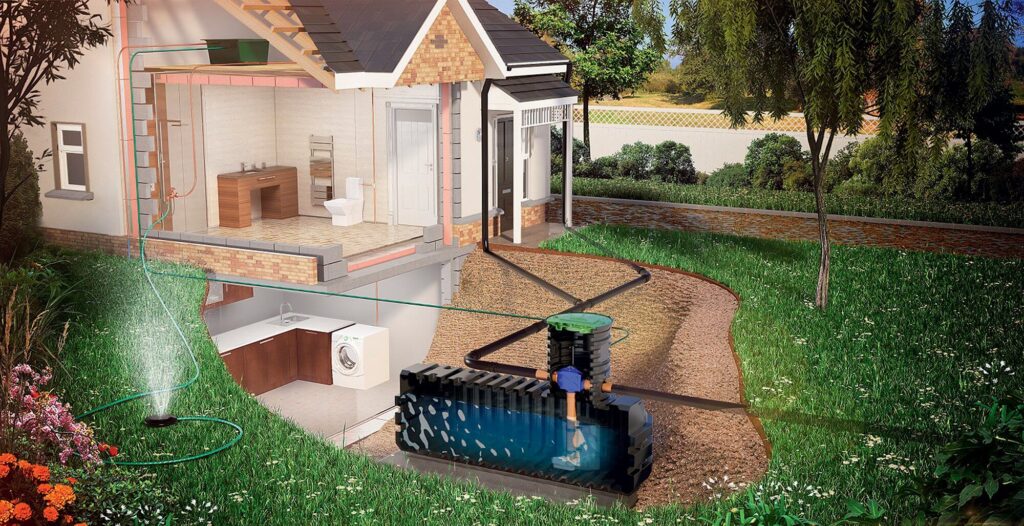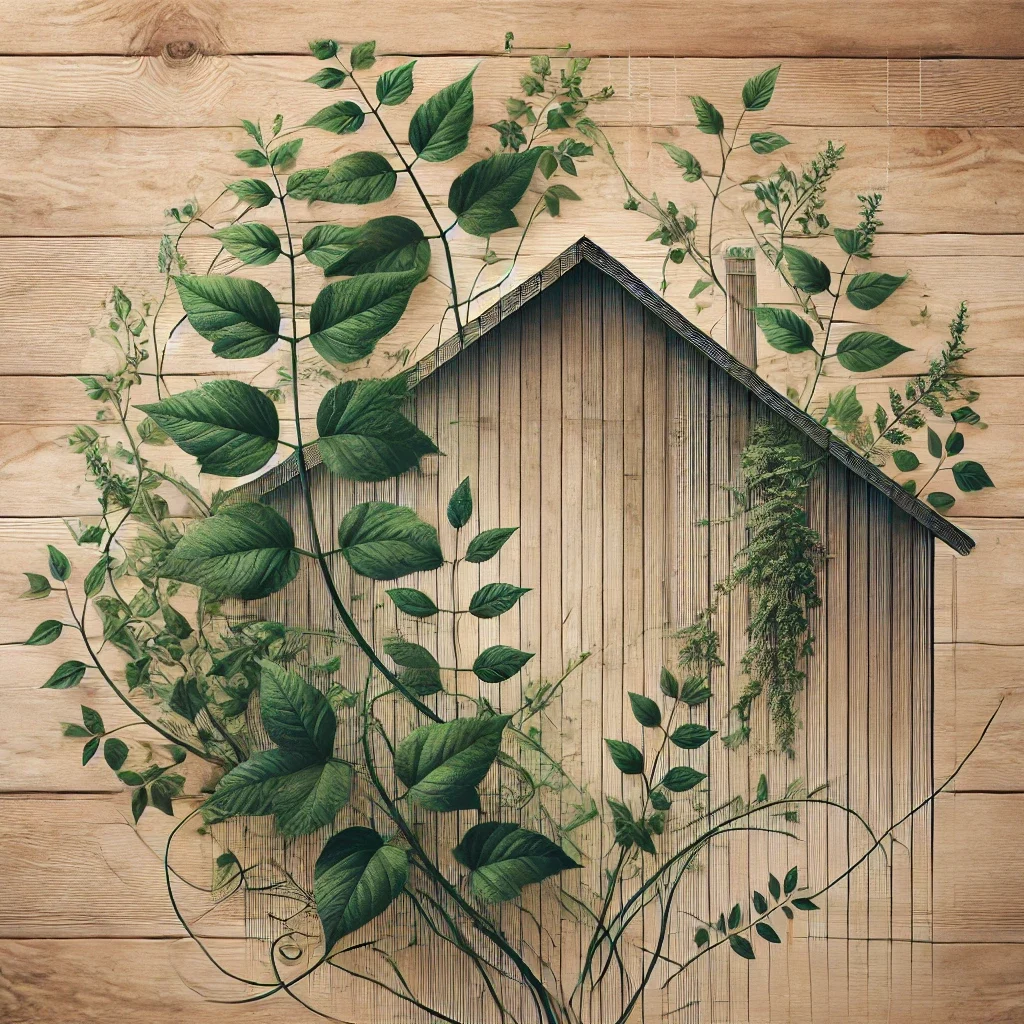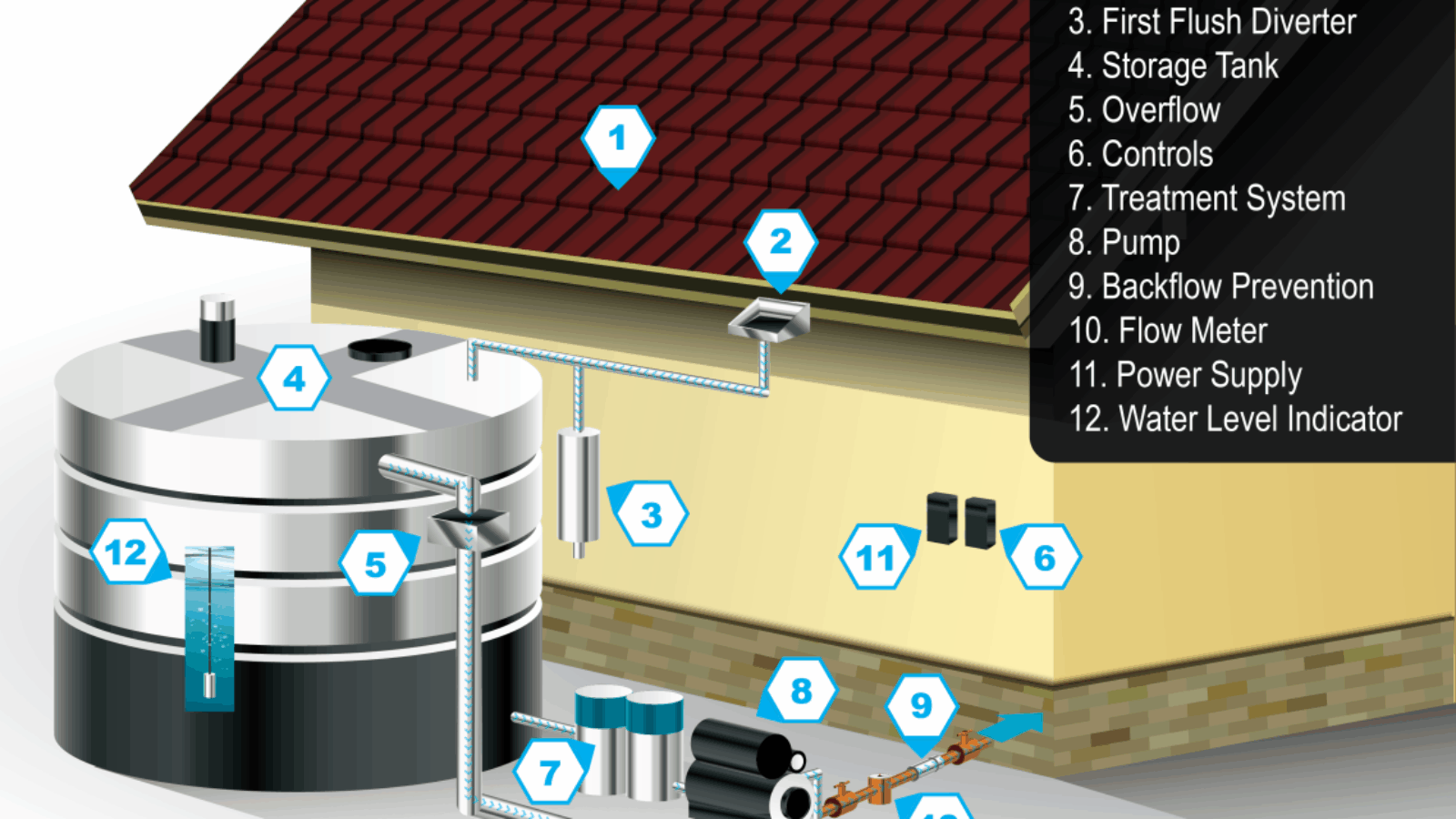Rainwater harvesting systems are a practical and eco-friendly solution for managing water usage and conserving resources in Canadian homes. By collecting and reusing rainwater, homeowners can reduce their reliance on municipal water supplies, save money, and contribute to sustainability efforts. With grants and incentives available in 2024, installing a rainwater harvesting system has never been more affordable. Here’s what you need to know.

What is a Rainwater Harvesting System?
A rainwater harvesting system collects, stores, and reuses rainwater for various purposes, including irrigation, flushing toilets, and even washing clothes. These systems typically include gutters, downspouts, storage tanks, and filtration mechanisms to ensure the collected water is clean and usable.
Benefits of Rainwater Harvesting
- Water Conservation: Reduce dependency on municipal water supplies, especially in areas prone to drought.
- Cost Savings: Lower water bills by using free, naturally collected rainwater.
- Environmental Impact: Decrease stormwater runoff, which can reduce flooding and protect local ecosystems.
- Self-Sufficiency: Provides an alternative water source during water restrictions or supply disruptions.
Grants and Incentives for Rainwater Harvesting Systems
Various federal, provincial, and municipal programs in Canada support the installation of rainwater harvesting systems.
- Canada Greener Homes Grant: While primarily for energy-efficient upgrades, the grant may cover systems integrated into sustainable home projects.
- Provincial Programs:
- British Columbia’s EfficiencyBC Program: Offers rebates for water-saving technologies, including rainwater systems.
- Ontario’s GreenON Fund: Supports eco-friendly installations, including water conservation systems.
- Municipal Incentives:
- Cities like Toronto and Vancouver provide financial support for rainwater harvesting installations through their water conservation programs.
- Edmonton’s Rain Barrel Rebate Program offers discounts on rain barrels as a simple rainwater harvesting solution.
How to Install a Rainwater Harvesting System
- Plan Your System: Assess your home’s rainwater collection potential by calculating roof area and average rainfall. Determine your intended uses, such as irrigation or household needs.
- Choose the Right Components: Select high-quality tanks, pumps, and filtration systems suited to your requirements.
- Ensure Compliance: Check local building codes and regulations to ensure your system meets safety and plumbing standards.
- Hire Professionals: For complex systems, consider hiring a certified installer to ensure proper setup and functionality.
- Apply for Rebates: Keep receipts and documentation to claim applicable grants or rebates after installation.

Tips for Maximizing Efficiency
- Regular Maintenance: Clean gutters, filters, and tanks to ensure the system functions efficiently.
- Integrate with Landscaping: Use harvested water for sustainable gardening and irrigation.
- Pair with Smart Technology: Install sensors or smart controllers to monitor water levels and usage.
Common Myths About Rainwater Harvesting
- “Rainwater Harvesting is Too Expensive”: With grants and rebates, initial costs can be significantly reduced. The long-term savings on water bills often outweigh the investment.
- “Rainwater Isn’t Safe to Use”: Proper filtration and storage make harvested rainwater safe for non-potable uses and even some potable applications in certain cases.
- “It’s Only for Rural Homes”: Rainwater harvesting is just as effective in urban settings, especially for irrigation and stormwater management.
Conclusion
Installing a rainwater harvesting system is an effective way for Canadian homeowners to conserve water, save money, and reduce their environmental impact. With numerous grants and incentives available in 2024, this eco-friendly upgrade is more accessible than ever. Start by researching programs in your area and consulting with professionals to design a system tailored to your home’s needs. By taking this step, you’ll contribute to a more sustainable future while enjoying the benefits of water self-sufficiency.

